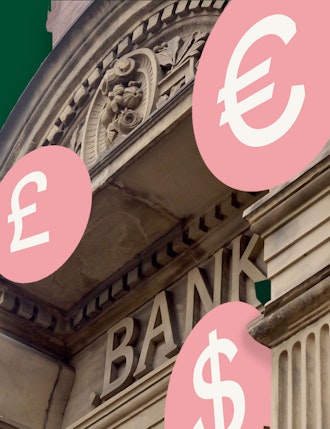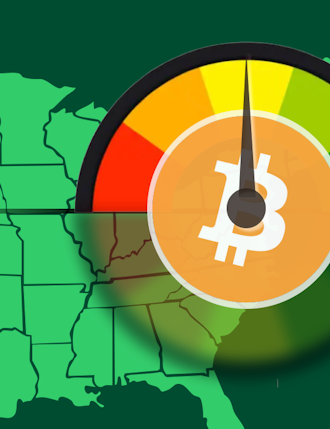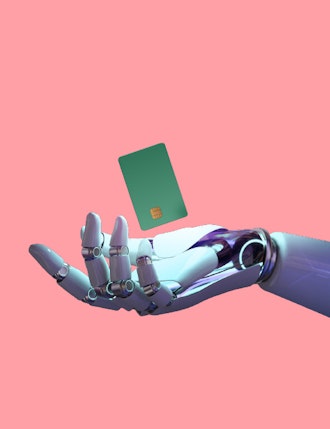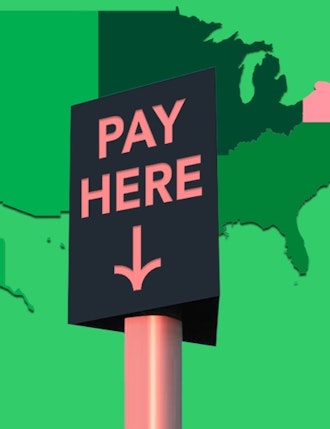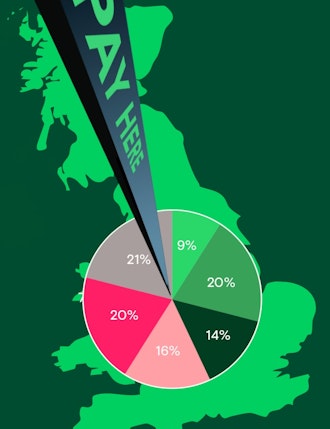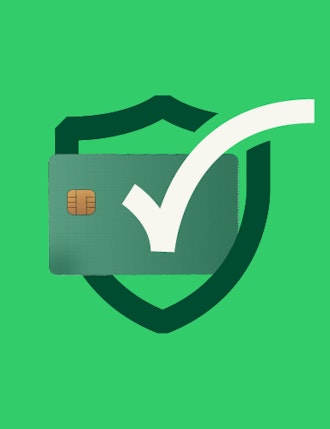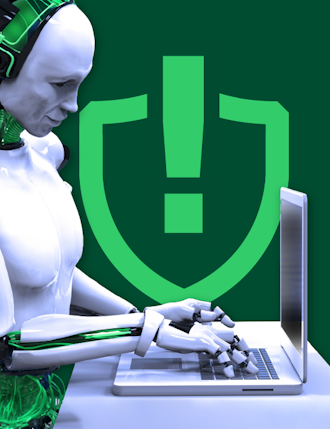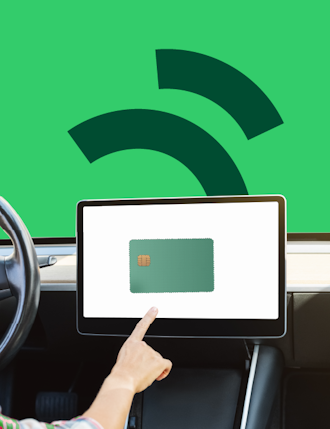Key Insights
-
Digital currency represents a potential move from traditional money to a digitally native financial ecosystem.
-
CBDCs (Central Bank Digital Currencies) are gaining traction as governments and central banks explore more efficient and traceable financial systems.
-
The transition from cash to digital currency depends on factors like adoption, regulation, and public trust.
-
Benefits of digital currencies include faster transactions, enhanced traceability, and lower operational costs. However, challenges like privacy concerns and economic stability remain.
- Aevi's solutions are built to adapt to the evolving financial landscape, integrating traditional and digital payment methods.
Don't have time to read more now? Sign up to our newsletter to get the latest insights directly in your inbox.
Think about your daily routine – grabbing a coffee, paying for groceries, splitting a bill. You probably use a mobile wallet or a contactless card without even thinking twice. Digital payments are already here, but what if cash disappeared entirely? What if the only way to pay was through digital currency directly issued by your government? That’s the future that CBDCs could bring.
But how close are we to that reality, and will digital money truly replace cash and traditional banking?
Let’s explore what digital currency is, why it’s on the rise, and whether it can realistically replace the traditional forms of money we’ve relied on for centuries.
What is digital currency?
Digital currency, in essence, is money that exists solely in a digital format. Unlike physical cash, it doesn’t have a tangible form - you can’t tuck it into a wallet. Instead, digital currencies are stored, exchanged, and managed electronically, often through decentralized networks like blockchain or within the banking ecosystem as CBDCs.
The most well-known examples include cryptocurrencies like Bitcoin and Ethereum, but digital currency also encompasses government-backed versions like Central Bank Digital Currencies (CBDCs).
What is CBDC money, and how does it work?
A Central Bank Digital Currency (CBDC) is a digital form of a country’s sovereign currency, issued and regulated by the central bank. Unlike cryptocurrencies, CBDCs are stable, pegged to the value of the country’s fiat currency, and designed to function as legal tender.
So, how do central bank digital currencies work? CBDCs aim to combine the efficiency of digital payments with the security and trust of traditional banking systems. They are programmable and traceable, meaning that transactions can be tracked and conditions can be set for how and when payments are processed. This level of control is particularly useful for automating tax payments or distributing government subsidies.
CBDCs can operate across both retail and wholesale frameworks. In retail, they are used by consumers for everyday transactions, just like digital cash. In wholesale, they facilitate transfers between financial institutions, streamlining interbank settlements. This dual functionality makes CBDCs versatile, potentially transforming both personal and institutional finance.
For instance, China’s Digital Yuan is already being tested, and other countries are exploring similar initiatives, highlighting a trend where digital currency becomes more integrated into everyday transactions. Similarly, the European Central Bank is advancing its Digital Euro project, aiming to balance innovation with financial stability.
You can read more about CBDC’s and how they could implicate merchants here.
When will digital currency replace cash?
"The question isn't if we'll go fully digital, it’s when, and how smoothly we make that transition. The real opportunity lies in building a financial system that doesn't leave anyone behind while embracing what's next. We might see a shift start within the next 18-24 months as new EU regulations are on its way."
Miroslav Pekarek, CPO
The benefits and drawbacks of digital currency
Digital currency is shaking up how money moves. It’s fast, flexible, and full of potential, but it’s not all smooth sailing. Here’s a look at what’s working and what still needs work:
The good news? You don’t have to tackle this alone. Aevi is built for the world of digital currency. We bring the orchestration tech, tools, and the expertise to make digital currency work for you.
So…will digital currency take over?
The future of digital currency is uncertain, but undeniably influential. As more central banks and governments explore and pilot CBDCs, the potential for widespread adoption grows. Yet, the fundamental move from cash to digital money hinges on public trust, regulatory clarity, and technological readiness.
Some experts predict a hybrid model where both digital and physical currencies coexist. This scenario would offer flexibility and cater to different demographics, allowing cash to persist while digital currencies gradually become more prominent. Our platform is designed to bridge this gap, enabling businesses to manage both cash and digital payments super smoothly as the financial ecosystem evolves.
At Aevi, we recognize the need for flexible, adaptive payment solutions. Whether card-based payments continue to lead or digital currencies rise in adoption, our platform is designed to accommodate the evolutions, ensuring that businesses stay connected to the financial ecosystem of tomorrow.
Ready to explore how digital currency could impact your business? Let’s talk.
Interested in reading more around this subject? Here are some useful articles…

